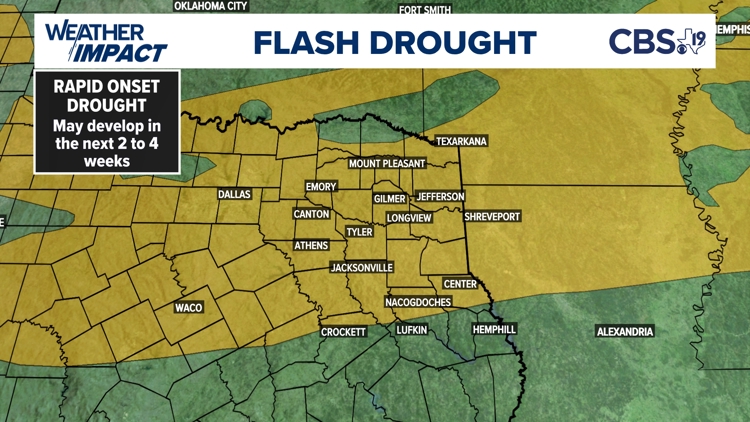TYLER, Texas — It hasn't rained in almost a month and there is very little rain in the forecast over the next week. The soil is dry and getting drier. Plants are also experiencing a loss of moisture. The sun is still very high in the sky and evaporating moisture away from trees, shrubs, flowers, bushes, streams and lakes. Breezy winds might make it feel cooler but it doesn't help. All of these factors are contributing to something known as a "flash drought."
This is the first ever "flash drought watch" in East Texas. What's a flash drought? The term has been popping up more and more over the last couple of years and now the Climate Prediction Center is issuing something called a "rapid onset drought" or flash drought outlook. The first Rapid Onset Drought Outlook was issued in May. These ROD outlooks are part of the CPC's eight to 14 day hazards outlook.

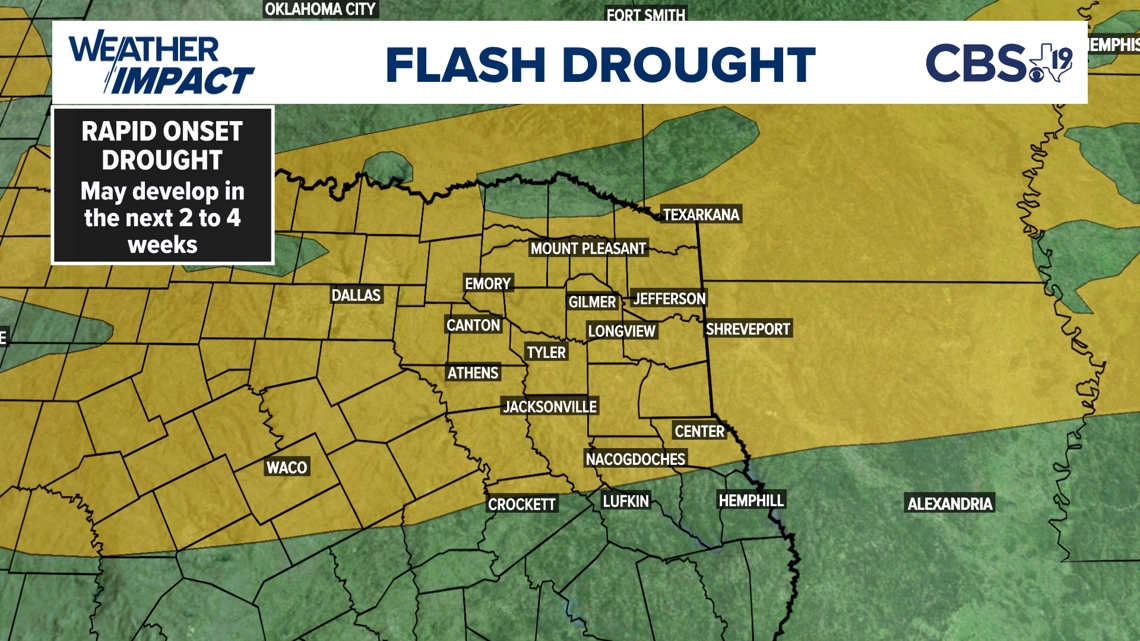
Hazard outlooks are released every day and look ahead to the next two weeks. The goal is to give you a heads up to extreme temperatures, rainfall, snowfall, wind and drought. Flash droughts often occur when previous conditions suggested a low probability of drought developing. Remember how wet and cool it was in July? August has been almost the opposite -- very hot and extremely dry in East Texas.


Flash droughts earn their name because they develop relatively rapidly. Almost a month of no rain and above average temperatures has dried out the soil. Plants have been losing moisture through evapotranspiration. Changes in soil moisture and evaporation are just two indicators that flash drought is developing. High winds and strong sunshine are also contributing factors. There is final piece of the "rapid onset drought" puzzle is the 8 to 14 day forecast. At this time, it appears East Texas will be warmer than average and drier than average through Labor Day.

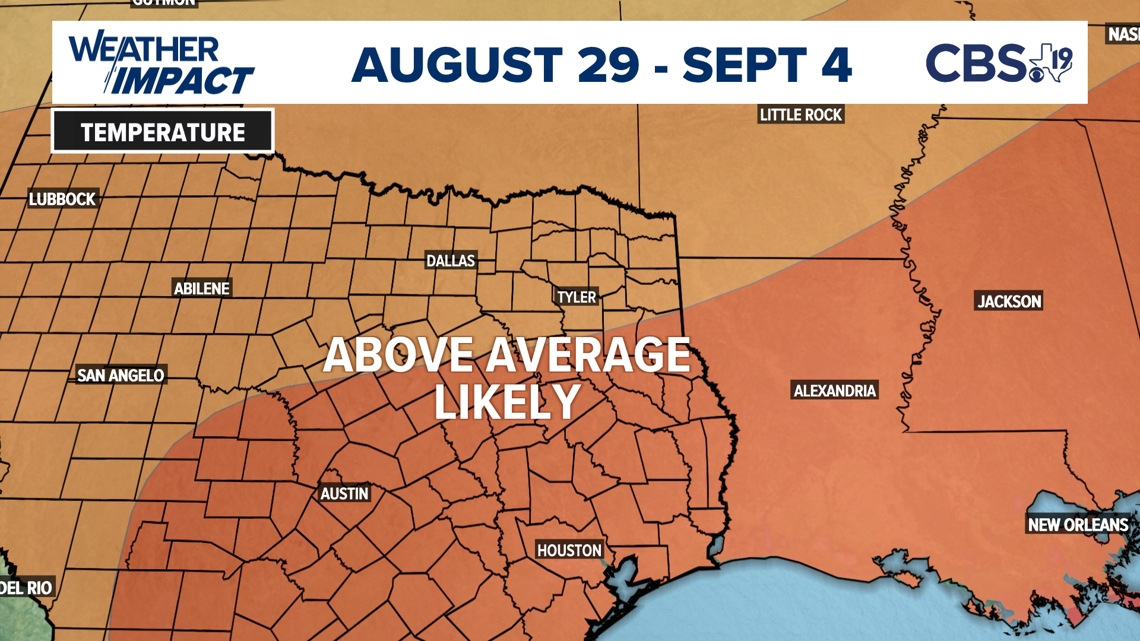

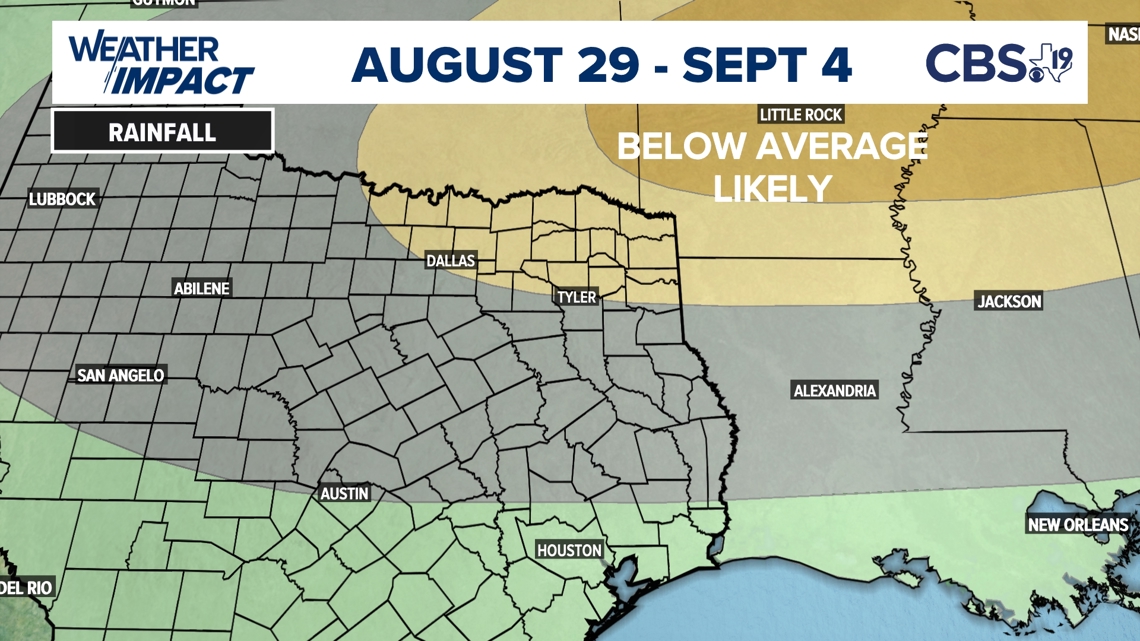
Flash drought forecasts can help farmers know when to plant. These forecasts can assist the agriculture community as to when and how much they need to water and provide early warning signs of potentially crop damaging hot and dry conditions. Flash droughts can hurt fish, animals and plant life that depend on ponds or other water bodies that could be impacted by a flash drought.
The United States Drought Monitor is released every Thursday. 30-percent of Texas is under drought conditions as of the middle of August. So far, East Texas has stayed out of drought conditions but flash drought could mean we jump into the level 1 (moderate) or level 2 (severe) drought within the next two to four weeks.

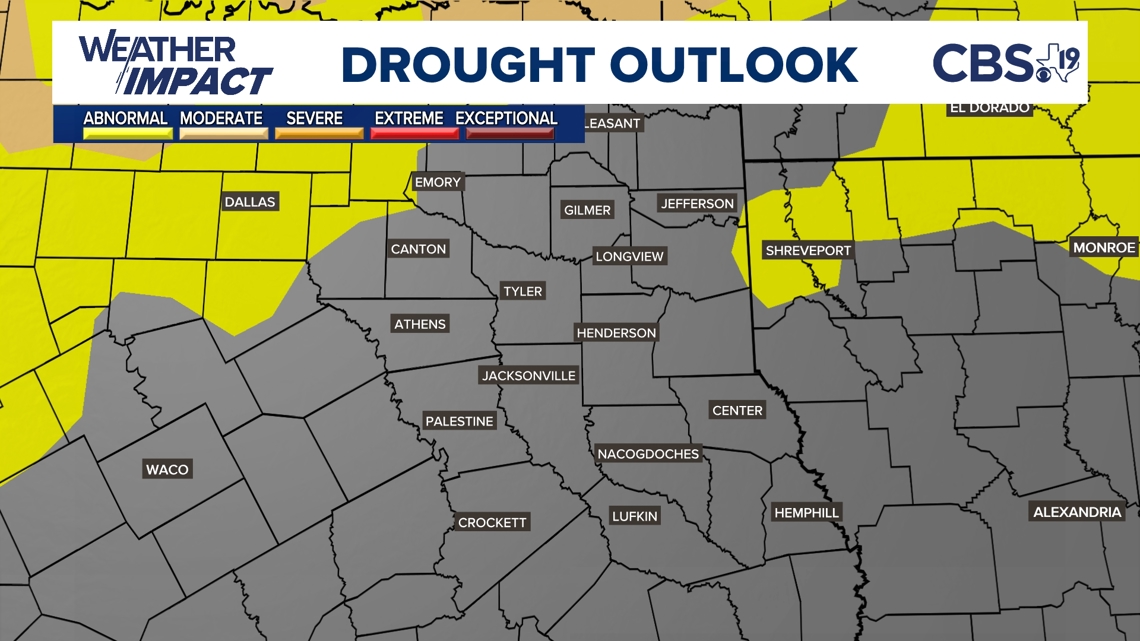
So, let's bottom line the potential for a flash drought. What does it mean to you? What is the weather impact?
- Drought will likely develop by mid-September
- Grass and wildfire danger will increase
- This could lead to burn bans where you live
Hopefully, a wetter weather pattern will develop by the middle of September or by the first few days fall, which starts on Sept. 22. And there is some good news. Studies show that most flash droughts do turn into long-lasting exceptional droughts.

